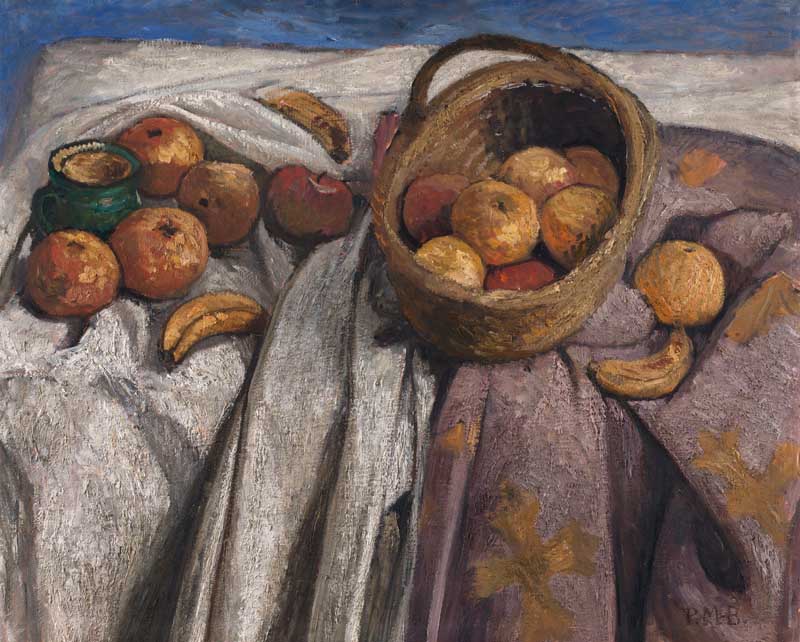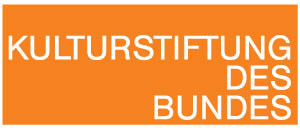The Blind Spot: World Trade, Art Patronage and Collection History in Colonial Times Based on the Kunsthalle Bremen
Curatorial fellowship 2016-2017 and 2017 exhibition (“The Blind Spot: Art in Bremen During the Colonial Period“)

Paula Modersohn-Becker, Still Life with Apples and Bananas, 1905, tempera on canvas, Kunsthalle Bremen – Der Kunstverein in Bremen
The Hanseatic city of Bremen was a bustling centre of commerce for the rapid growth of international trade in the nineteenth and early twentieth centuries. It profited both from colonial expansion and mass emigration abroad. Founded in 1823, this global interdependence has also left its mark on the Kunstverein in Bremen. Although few examples of non-European art were among the works donated to the Kunsthalle Bremen during this period, traces of colonialism can still be found in the Kunsthalle’s collection. Up to now, these traces have remained hidden.
Julia Binter, academic researcher for this project sponsored by the Federal Cultural Foundation, explored these “blind spots” in the Kunsthalle Bremen’s history and collection. She linked the commercial history of the Hanseatic city with the history of the Kunstverein and its patrons and discussed the cliché of exotic images and foreign people inscribed in modern art. Images of foreigners in colonial period art were used to open a dialogue with critical positions found in non-European art. Together with the Afrika-Netzwerk Bremen e.V. and other partners, the relevance of this topic to the present day was discussed and our self-perception and awareness of “foreignness” was critically highlighted in the context of globalization and migration.
The results of this research project were presented in the concluding exhibition “The Blind Spot: Art in Bremen During the Colonial Period” from 5 August through 19 November 2017 at the Kunsthalle Bremen.
Download von Pressebildern mit besonderen Nutzungsbedingungen
Die von Ihnen angefragten Abbildungen unterliegen besonderen Nutzungsbedingungen und dürfen nur zur aktuellen redaktionellen und themengebundenen Berichterstattung unter Angabe der Bildcredits verwendet werden. Die Bilder dürfen nicht beschnitten und es darf kein Text o.ä. über die Bilder gelegt werden. Online dürfen die Bilder nur in einer Auflösung von 72dpi veröffentlicht werden. Die genauen Nutzungsbedingungen werden zusammen mit den Bildern heruntergeladen. Im Falle einer Veröffentlichung erklären Sie sich mit diesen Bedingungen einverstanden.
Für den Download benötigen Sie ein Passwort. Falls Sie noch keine Zugangsdaten besitzen, können Sie diese hier per Mail anfragen.
Vielen Dank für Ihre Anmeldung
Wir haben Ihren Mitgliedsantrag für den Kunstverein in Bremen erhalten. Vielen Dank! Den Mitgliedsausweis/die Mitgliedsausweise senden wir Ihnen innerhalb von 10 Tagen zu.
Ihr Kunstverein in Bremen
OK

